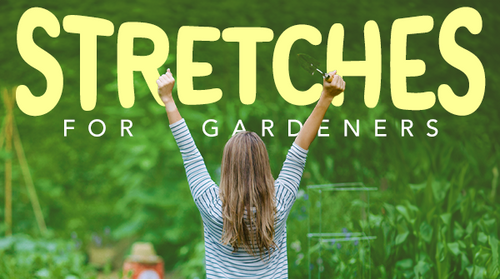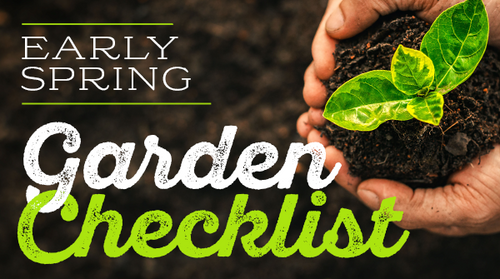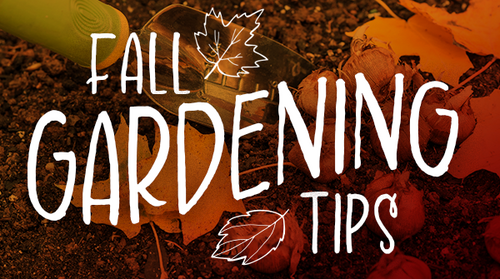If the cold winter weather is keeping you from your passion for gardening, there’s plenty of opportunity to keep your green thumb creatively busy indoors.
Beyond nurturing the standard potted plant, amateur horticulturists can satisfy their fix with vertical gardening—the process of growing plants upwards, usually on a wall—or building terrariums.
Vertical Gardens: Growing Upwards
In vertical gardening, plants are often housed in containers and hung on a vertical support. The process has opened up a world of possibilities for apartment and condominium dwellers, as well as homeowners and businesses without much land.
“Vertical gardening can have many advantages over horizontal gardening, and being ideal for small spaces is just one of them,” says Chris McLaughlin, author of Vertical Vegetable Gardening (Alpha). “It saves the gardener time, work and money; involves less or no weeds; and invites very few pests and diseases.”
Also known as pocket gardens, vertical gardens utilize pouches that are attached to a wall, trellis or other structure, such as the WallyGro system made from recycled plastic. The pouches are then filled with soil or another growing medium. Watering the plants can be as simple as using a garden hose or installing an irrigation system, much like drip irrigation systems for in-ground gardens. With plants growing at eye level, vertical gardens can help people with mobility issues who cannot bend down to the ground to tend to plants.
A variety of plants can be grown in a vertical garden format, including houseplants, flowering annuals and perennials, succulents and even vegetables, fruit and herbs.
Terrariums: Works of Living Art
Like vertical gardens, terrariums use relatively little space, require minimal effort, help filter the air and can be visions of beauty. And like vertical gardens, terrariums cannot house plants with extensive root systems, though there are also plenty of options.
Terrariums date back to the 1860s, when Nathaniel Ward, a London physician, discovered that plants grew better in a confined environment than in what was then a city highly polluted from the rampant burning of coal. Now these tiny ecosystems are seeing a renewed popularity.
“People are starting to understand the mind-body connection of bringing the outdoors in,” says British master gardener Alison Peck. “There’s been growing research about nature having a life-force energy. When you bring the outdoors in you attune yourself to nature’s magnificence.”
Terrariums require minimal care. “When you make a terrarium you create a microworld that creates its own natural water cycle producing its own moisture,” Peck says. “They pretty much take care of themselves.”
The shape of your glass container depends on your plants, Peck says. Leafy plants require more humidity, so you want a narrow top. Succulents have moisture in their leaves, so they need less humidity, and your container can have a wide opening.
Take care about where you place your terrariums. Leafy plants require only low to medium light, and direct sunlight can bake their roots.
Start with an inch-high layer of clean stone—you can dunk it in a mild bleach water solution so you don’t introduce insects or bacteria. Atop the stone sprinkle a little crushed charcoal, which will filter the air between the stones and keep it clean.
The next layer, Peck says, is sphagnum moss soaked in water, then squeezed out. “You want it to be wet but not dripping wet,” she says. The moss prevents the next layer—the soil—from falling into the stone. “If that drops down into the stone, you’re not getting the aeration on the bottom. Don’t skimp on the sphagnum; it’s all going to be mashed down with the soil anyway.”
Use at least an inch of plain potting soil, rather than soil that retains moisture or has fertilizer. “You never fertilize a terrarium,” Peck warns. “Terrariums are about static growth. You throw off the balance when you fertilize.” Tamp the soil down—Peck gives her students bamboo skewers with wine corks at the ends—to displace air from the soil. “You want the roots and soil to be comfortable with each other,” she says.
After setting your plants (and feel free to trim roots if they are long), add mulch to slow evaporation of moisture from the sphagnum. For leafy plants, use moss. For succulents, use stone or crushed shells.
For that itchy green thumb in winter, vertical gardens and terrariums are attractive options.
Like this article? You’ll love our weekly newsletter
sign up here!
**These statements have not been evaluated by the Food and Drug Administration. This product is not intended to diagnose, treat, cure or prevent any disease.













































































